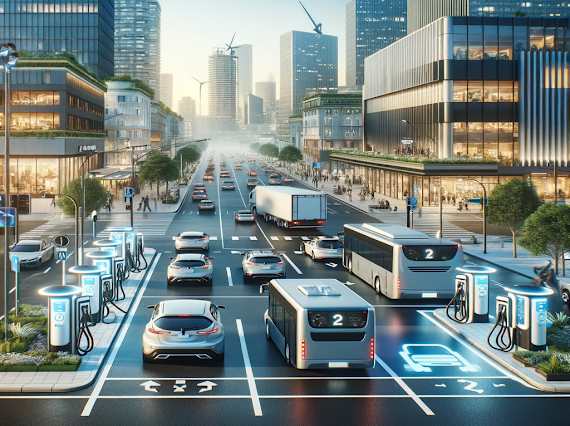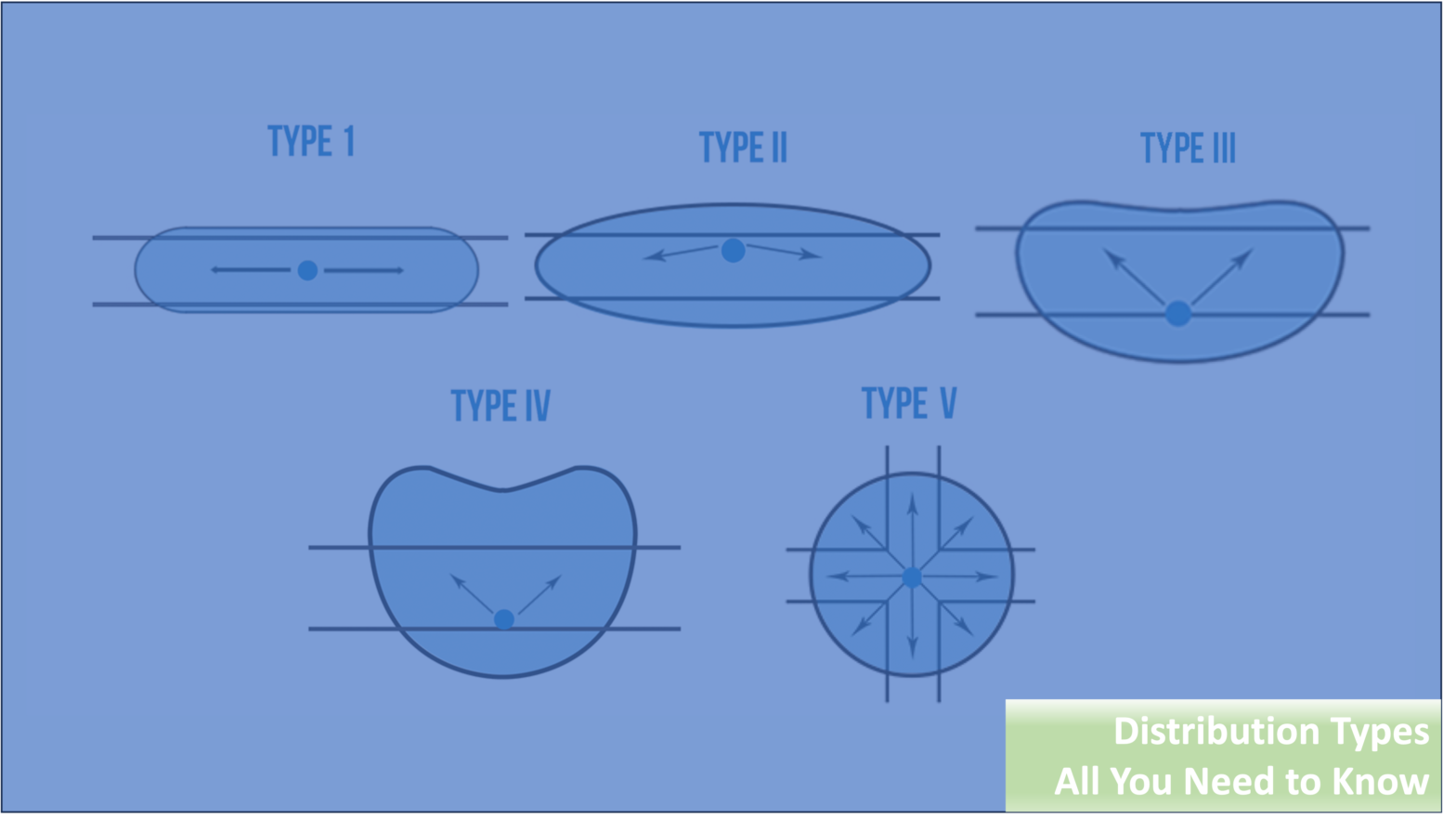Effective Energy Efficiency Measures for Supermarkets
Electricity bills can represent a significant portion of energy expenses at supermarkets: these buildings operate for extended schedules, and there are heat-sensitive products that must be kept in refrigerated spaces at all times, even after closing. Therefore, the most effective energy efficiency measures for supermarkets are normally those that improve lighting, HVAC and refrigeration.
Advantages of LED Energy Consumption in Supermarkets
LED lighting has two notable characteristics: energy efficiency and product variety. Supermarkets using fluorescent lighting may achieve energy savings above 40% if they upgrade to LED fixtures, and savings of over 70% are possible when replacing metal halide fixtures.
Other than offering energy efficiency, LED lighting can also be a marketing tool for supermarkets: no other lighting technology offers the same flexibility in terms of color temperature and optical design. For example, it is possible to use a warm white color where products such as apples or oranges are being displayed, making them seem more appealing. Another marketing application of lighting is drawing attention to specific products using spotlights in strategic locations.
Electronically Commutated Motors for Efficient Refrigeration in Supermarkets
Fans play two important roles in refrigeration systems: they make sure that cool air circulates inside refrigerated spaces, and they also provide a flow of air for the condenser to reject heat outside. Normally, these fans are cycled on and off according to the load, but using speed control is much more energy efficient:
- For example, assume a fan operates all the time, but it is possible to meet the total load with only 80% of the air flow.
- If the fan operates with a duty cycle of 80%, the energy savings achieved are around 20%.
- However, if the fan is driven at 80% speed, savings of nearly 50% are achieved, because fan power is proportional to speed cubed.
Electronically commutated motors (ECMs) offer exceptional energy efficiency and speed control characteristics, and are a great alternative to the traditional motors used in supermarket refrigeration systems. There are now ECMs that even surpass the efficiency of NEMA Premium motors.
Anti-Sweat Controls
Supermarkets make extensive use of refrigerated cabinets for product display, and it is very important to control condensation on their doors: it reduces product visibility, it can lead to mold formation, and it is even possible for it to freeze and seal the door. Refrigerated cabinets normally use anti-sweat resistance heaters to control condensation on their doors, but this has two drawbacks in terms of energy efficiency:
- Part of that heat is released inside the cabinet, increasing the refrigeration load.
- There may be conditions when indoor moisture is not enough for condensation to occur, and the door heater can be turned off safely.
Anti-sweat controls can be an effective energy efficiency measure, making sure the doors of refrigerated cabinets only generate the necessary amount of heat to prevent condensation, but not more. Since these doors emit heat in both directions, this reduces the load on both refrigeration and air conditioning equipment.
Energy Management Systems for HVAC Control
HVAC represents a significant portion of energy expenses at supermarkets, but this also means that the potential for energy efficiency in this area is significant. There are several viable measures to improve the performance of HVAC systems.
- Using speed control for air-handling units can yield significant savings, comparable to those of ECMs in refrigerating systems. The main difference is that the horsepower of these fans is often higher than what ECMs can handle, so variable speed drives with three-phase motors are used instead.
- When the outdoor air is dry, it is possible to use an economizer and meet a part of the AC load with evaporative cooling, reducing the load on compressors and improving energy efficiency.
- HVAC schedules in supermarkets can be controlled by a building management system, making sure these units only operate for the required time to meet their load.
Energy management systems can achieve great synergy with other energy efficiency measures.
For example, there are cases when the energy savings of an LED retrofit at a supermarket can be duplicated when the upgrade is complemented with automation. And the reduced lighting heat output also contributes to a lower cooling load.
Scott Van Kerkhove is the CEO of EnergyWise and writes on issues surrounding energy management, average energy usage, supermarket energy efficiency, energy efficiency and sustainability.







